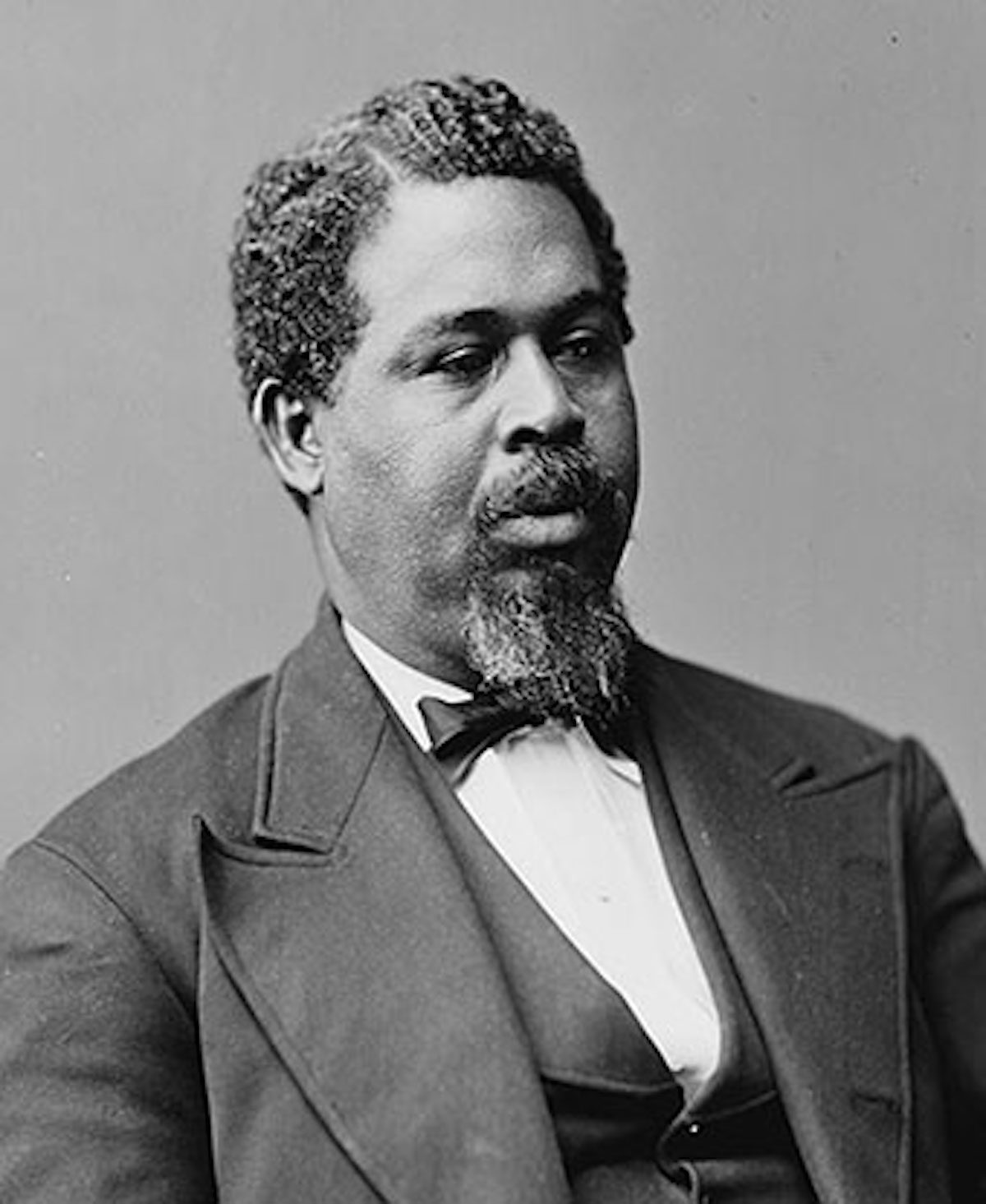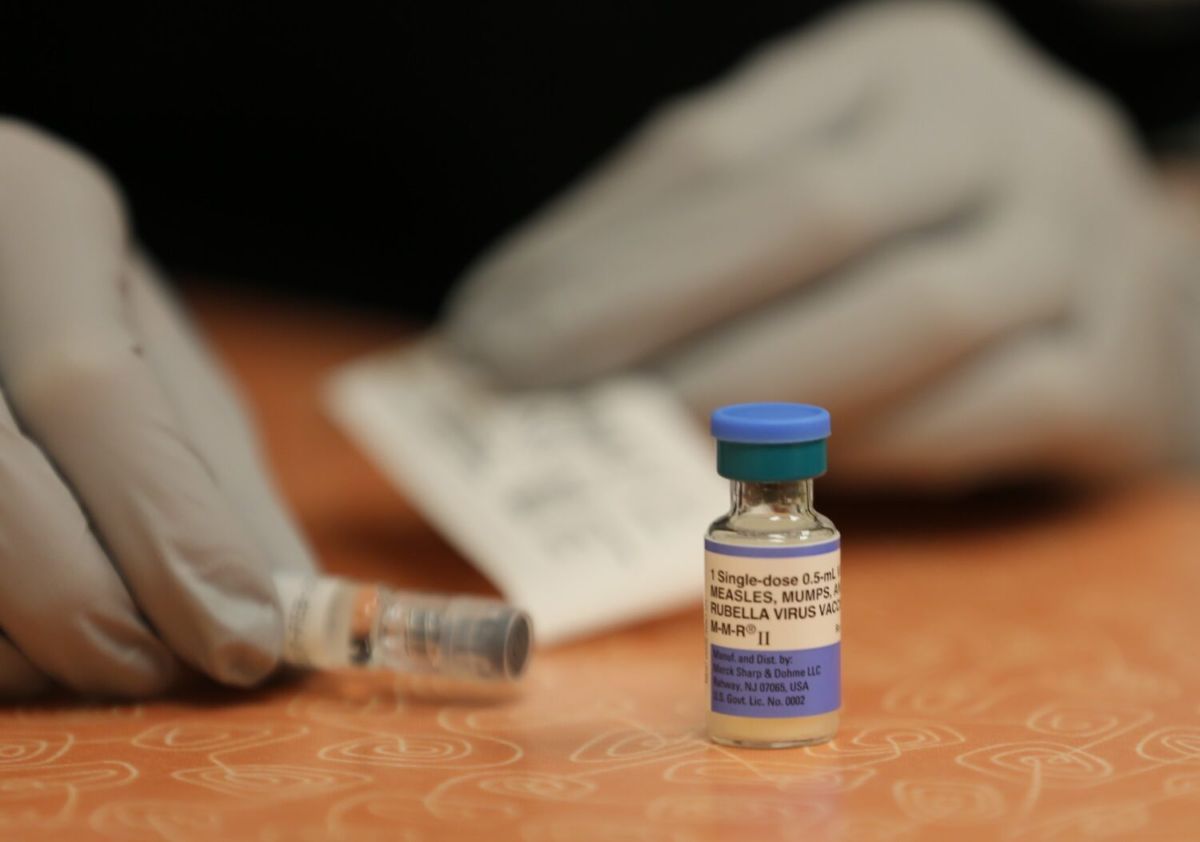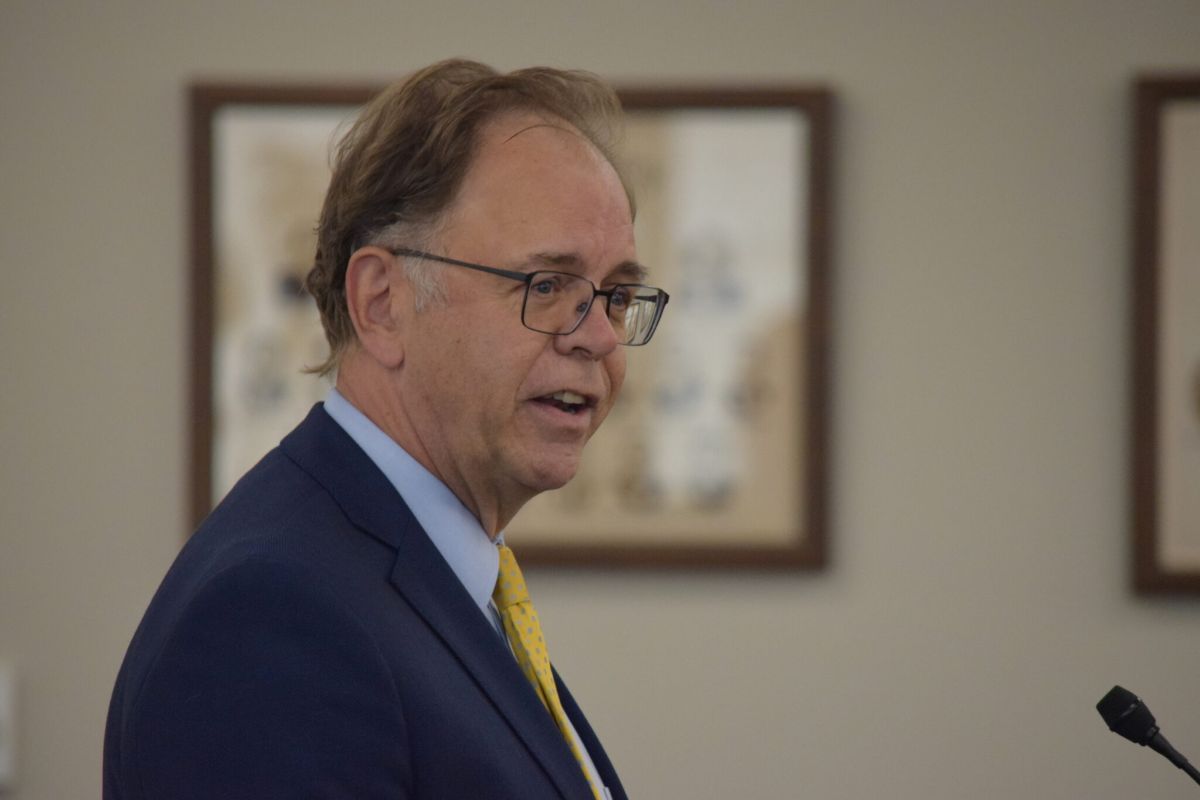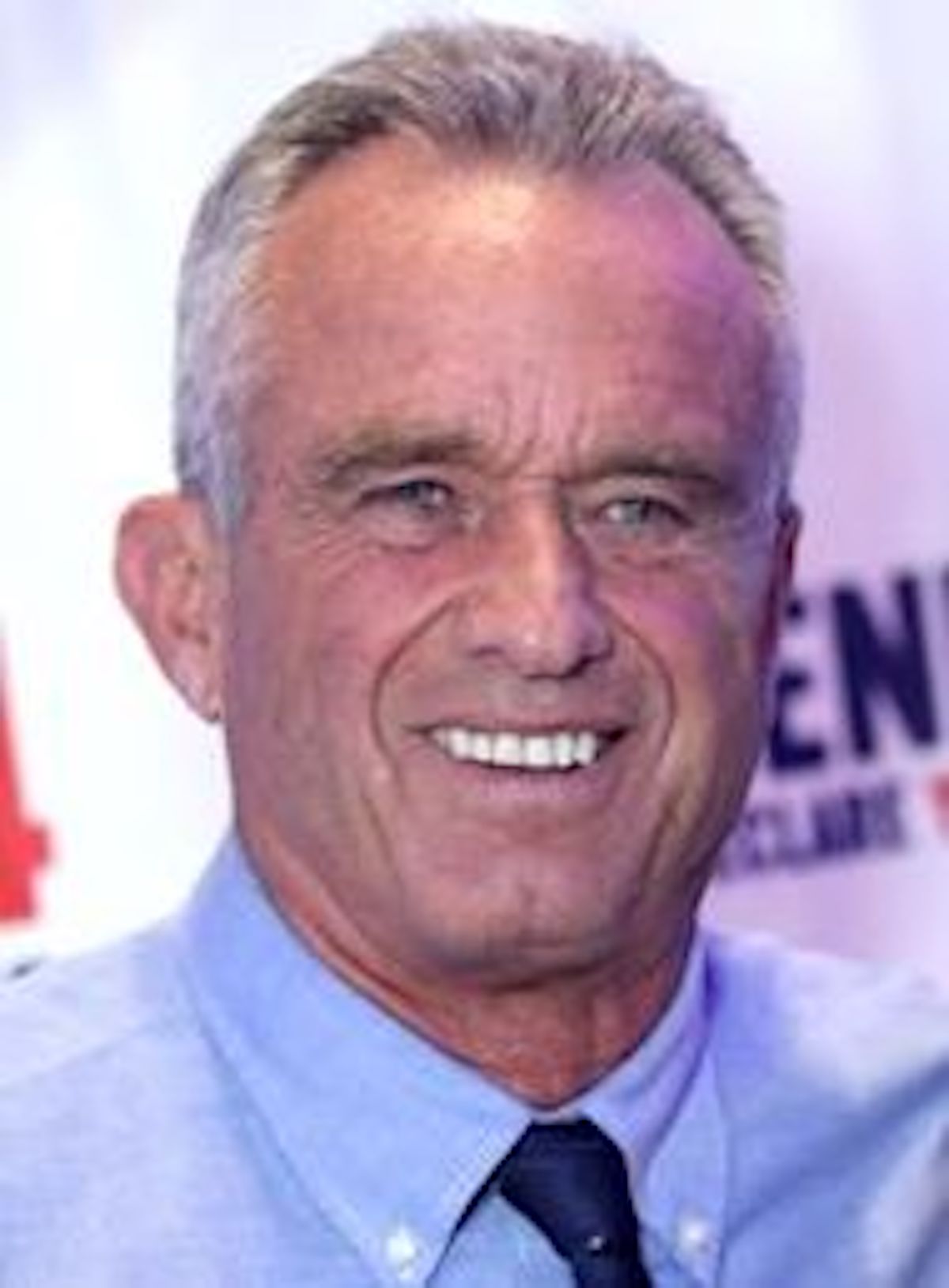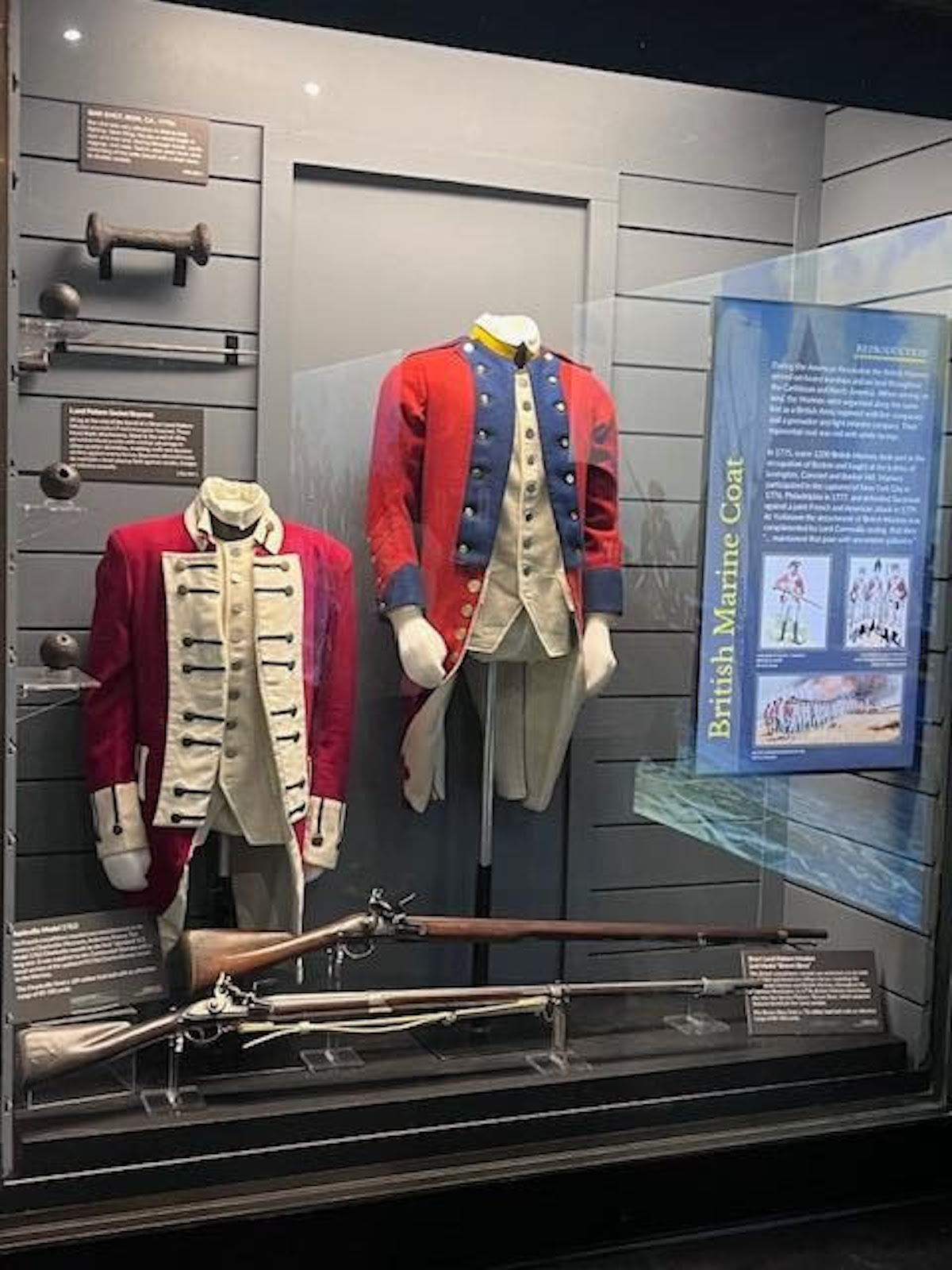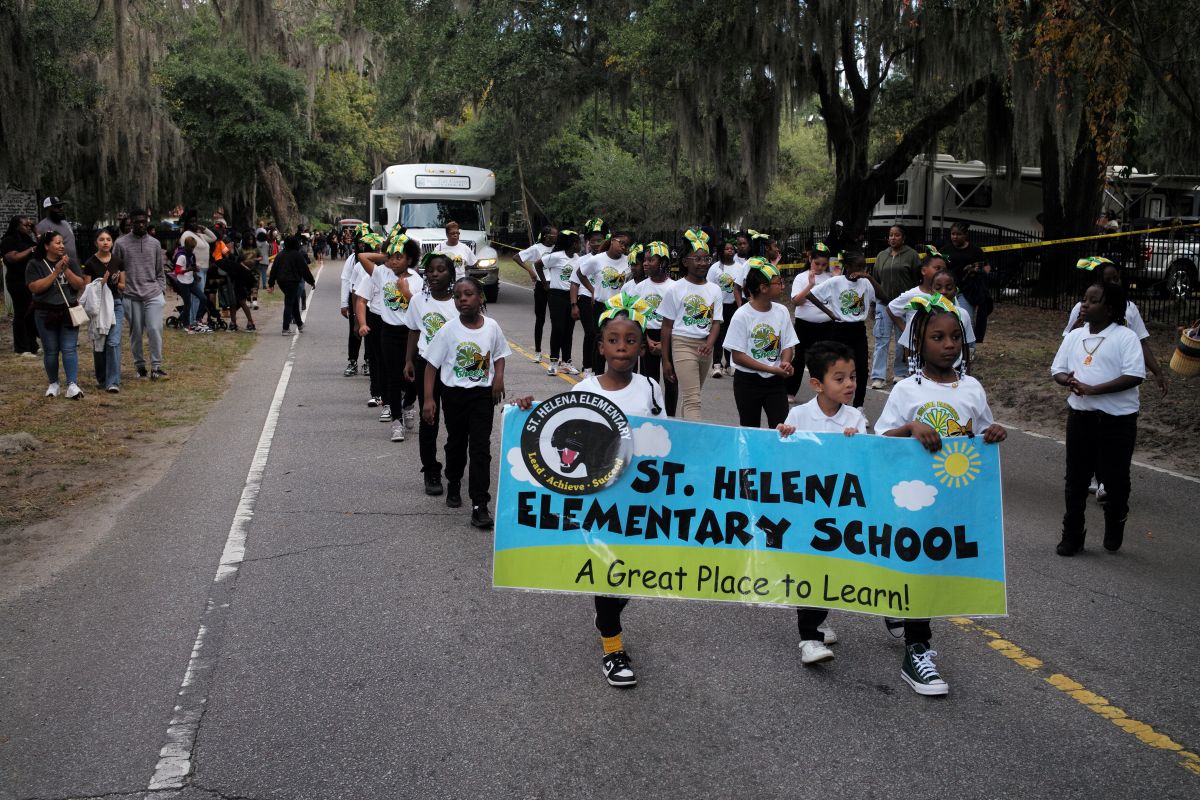Statue will be 1st dedicated to a single Black person on the Statehouse grounds
By Skylar Laird
SCDailyGazette.com
COLUMBIA — The clock is ticking for a state panel to approve a design and choose a patch of land for a monument to Civil War hero and lawmaker Robert Smalls.
The monument will be the first on the South Carolina Statehouse grounds to memorialize a single Black person. While another monument tells the story of the struggles and achievements of Black South Carolinians, from the slave trade through present day, its carved panels do not identify any specific people.
A commission has until January 15, 2025 to decide on a design and location for the monument. As commission members pointed out Wednesday, that leaves less than five months to solicit designs, make a decision and raise money.
“We don’t have a whole lot of time,” said Mike Shealy, who chairs the commission and oversees special projects for the state Department of Administration.
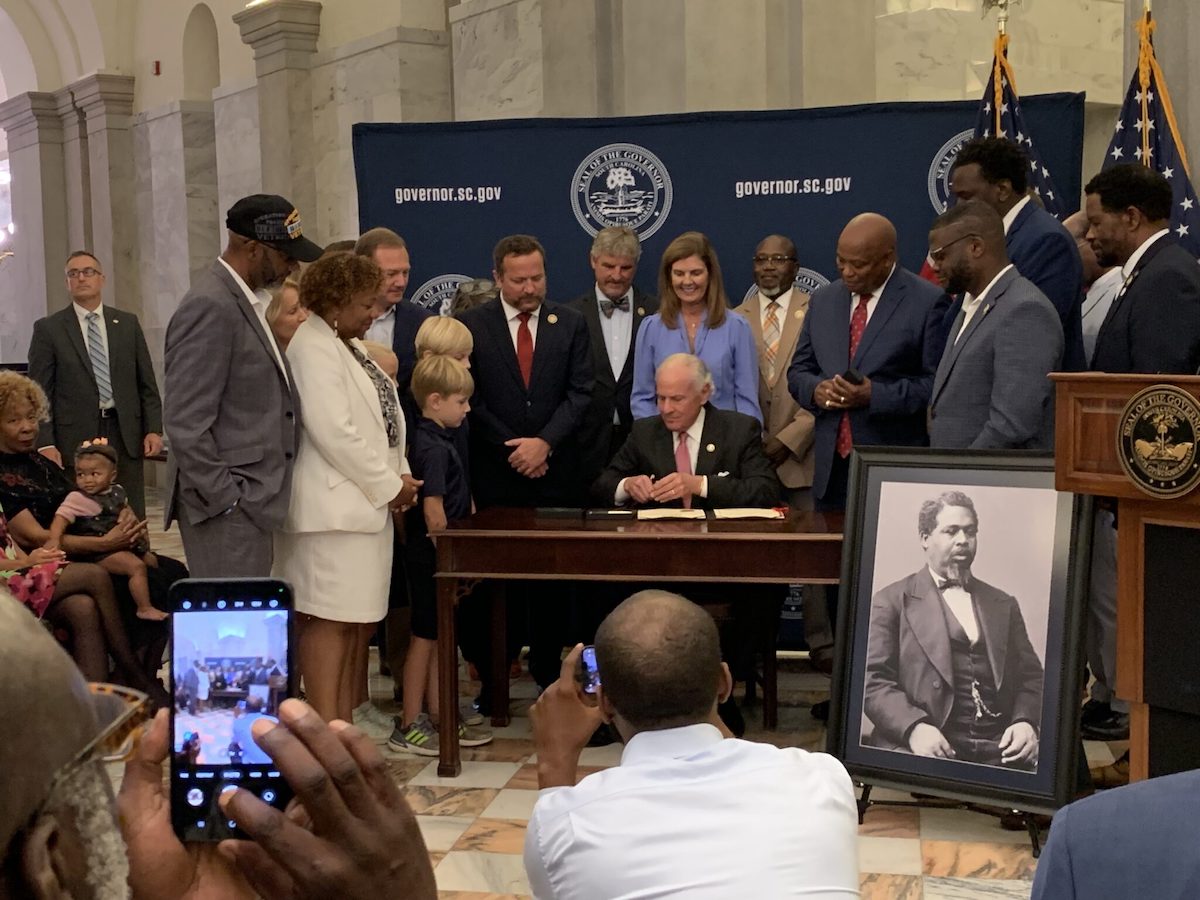
Private donations will fund the sculpture. Commission members don’t yet know how much they’ll need to fundraise, since that will depend on the design they choose. The type of sculpture — whether a traditional monument on a pedestal or something more interpretive — is also up in the air.
“Right now, we’ve got a blank slate,” Shealy said.
On a general level, Sen. Chip Campsen said he wanted to make sure the monument celebrated Smalls and his fight for freedom, whether as a slave, as a steamship pilot during the Civil War or as a legislator.
“Someone may come up with ideas better than we have, but we want to give them some general direction,” the Isle of Palms Republican said.
Finding a place to put the monument may also prove a challenge. More than two dozen statues and markers of varying sizes already sit on the grounds. In fact, the complex is so crowded that the Legislature in 2007 put in place a moratorium on adding any more.
The moratorium allowed for exceptions if a proposal received supermajority approval. The proposal for a Robert Smalls memorial was approved unanimously by both chambers.
“There aren’t a whole lot of statues I think we need to add to the Statehouse grounds, but I think Robert Smalls is worthy,” said Senate Majority Leader Shane Massey, R-Edgefield.
The story of Smalls hijacking a Confederate ship and sailing himself and others to freedom is one that resonates across the state, Gov. Henry McMaster said during a Thursday ceremonial bill signing.
“This is a great symbol, a great indicator of our strength and what we can do and will do,” McMaster said.
History of Robert Smalls
Smalls, born into slavery in Beaufort, was sent to Charleston in 1851 at age 12. He was an enslaved crew member on the steamship Planter when the Civil War began. Because of his boating skills, he was trusted to pilot the Confederate ship despite the fact that slaves were not usually permitted to do so.
One night, in 1862, Smalls and the other enslaved crew members hijacked the ship and picked up family members from a nearby wharf. Disguised in a captain’s hat, Smalls used the hand symbols he knew as a pilot to bypass Confederate troops and steer the ship to freedom.
“It seems more like a script from a Hollywood blockbuster movie than something out of the pages of a South Carolina history book,” said Sen. Gerald Malloy, D-Hartsville.
He was the first Black man to pilot ships for the U.S. Navy, eventually becoming a captain and helming the same ship he used to escape, this time for the Union.
Congress also awarded Smalls prize money for capturing the Planter, which he later used to buy at auction the mansion of the man who had once enslaved him.
During the Reconstruction era, Smalls joined a majority-Black convention of delegates to write the state’s 1868 constitution. That constitution undid the Black Codes — restrictive laws passed across the South to limit the freedom of African Americans after slavery was abolished, such as forcing Black people to sign yearly work contracts that ensured they could be hired as cheap labor. It also promised free education to all children and voting rights to all men and led Congress to readmit South Carolina into the Union.
Smalls served in both the state House and Senate before winning a seat in Congress in 1874. There, he served five terms following the end of Reconstruction, as politicians overturned the rights of freed slaves, often violently.
In 1895, the state constitution was again rewritten to roll back education and voting rights. Smalls was a delegate to that convention as well. He pleaded for guarantees of “fair and honest” elections even though he knew the authors sought to disenfranchise Black voters.
Smalls was “probably the most important politician of the 19th Century,” and probably the most important African American politician in the state through the 1970s and 1980s, said Eric Emerson, head of the state Department of Archives and History.
Smalls went widely unrecognized after his death in 1915. In the early 2000s, nearly a century later, Beaufort residents began to call for a national park site to tell his story. Now, a national historic park preserves his home and the church where he is buried.
But no mention of him exists on the Statehouse grounds.
Putting up a monument to his legacy would help make sure more people in South Carolina know his story. Black and white legislators alike said they hope Smalls’ history will inspire future generations.
That’s especially true for Black residents, who can see their own legacies in Smalls’ story and aspire to be like him, said Rep. Jermaine Johnson said.
“I’m really looking forward to the day when I get to bring my children and my grandchildren up here to the Statehouse grounds and I get to allow them to read whatever’s going to be on that monument, allow them to say, ‘This is from what you come from,’” the Hopkins Democrat said.
Skylar Laird covers the South Carolina Legislature and criminal justice issues. Originally from Missouri, she previously worked for The Post and Courier’s Columbia bureau.
S.C. Daily Gazette is part of States Newsroom, the nation’s largest state-focused nonprofit news organization.


